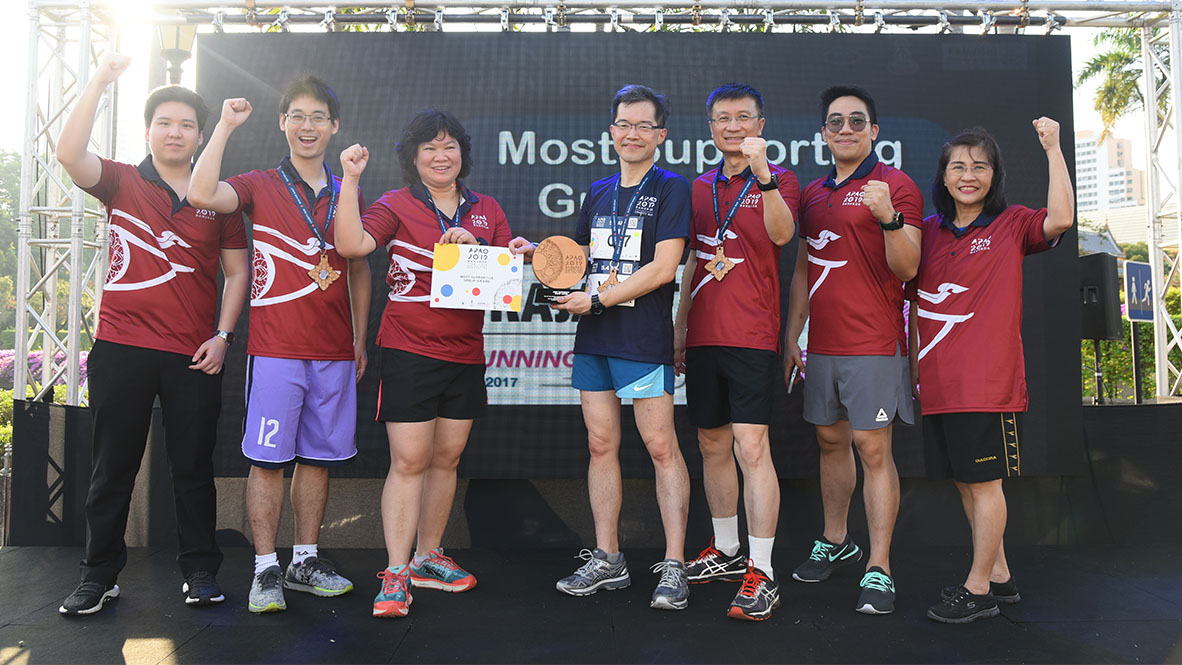Day 4 of the annual meeting of The Association for Research in Vision and Ophthalmology (ARVO 2025) in Salt Lake City opened with two of the most anticipated honors in the field: the Weisenfeld and Cogan Award Lectures. These sessions did more than celebrate individual achievement—they spotlighted cutting-edge research with deep clinical relevance, from regenerative stem cell therapy to genomics-led glaucoma treatment strategies.
READ MORE: Punk Rock, Rebellious Vision Science: Alive and Well on ARVO 2025 Day 2
2025 Weisenfeld Award recipient: Dr. Geeta K. Vemuganti
Dr. Geeta K. Vemuganti (India) delivered the 2025 Weisenfeld Award Lecture with a compelling exploration of how stem cells can both heal and harm—a biological paradox she has spent decades unpacking. Titled Regeneration and Cancer: Understanding the Two Sides of the Same Coin, her talk focused on the dual nature of stem cells: their capacity to regenerate damaged tissue, and their potential to drive tumor growth when mutated.
Her team’s landmark work on cultivated limbal epithelial transplantation (CLET) has restored ocular surfaces in over 70% of patients with severe limbal stem cell deficiency. By using just 2 mm of donor limbal tissue, Dr. Vemuganti and collaborators created epithelial sheets cultured on denuded amniotic membranes without xenogenic feeder layers—an innovation critical to clinical translation. Her protocol followed NIH’s cell therapy standards: ensuring the cells survive, integrate and function without harm.
She also highlighted co-culture techniques using limbal stromal and conjunctival cells to treat more complex injuries, and promising early results with lacrimal gland epithelial cell cultures—a potential regenerative approach for radiation-induced dry eye.
But Dr. Vemuganti didn’t stop with regeneration. She detailed her lab’s work on cancer stem cells in retinoblastoma, including how they contribute to tumor growth, resistance and metastasis. Using chick embryo models, her team traced spontaneous metastasis from Y79 cell lines and developed nano-formulated drugs and extracellular vesicle (EV)-based delivery systems to target these cancer stem cells.
“We can use tumor-derived EVs to both identify and potentially suppress cancer stem cells,” she explained. Her talk closed with a call to explore how the same cellular niches govern such divergent fates: healing vs. malignancy.
2025 Cogan Award recipient: Dr. Alex Hewitt
Next, Dr. Alex Hewitt (Australia) took the stage to deliver the 2025 Cogan Award Lecture, Genomic-Led Treatment Paradigms for Glaucoma. With glaucoma remaining a top cause of irreversible blindness, Dr. Hewitt emphasized how genetic insight is finally catching up with clinical need.
“Primary open-angle glaucoma (POAG) is one of the most heritable complex diseases,” he explained. Yet most patients don’t inherit a single causative gene; instead, disease risk emerges from a complex mosaic of hundreds of common genetic variants.
READ MORE: Open vs Closed Angle Glaucoma: What Are the Differences?
Dr. Hewitt’s team has now identified over 600 loci associated with glaucoma, leading to the development of polygenic risk scores (PRS) that can stratify individuals by their likelihood of developing disease. These scores can even predict the need for surgical intervention years before clinical signs appear. Compared to other diseases like coronary artery disease or diabetes, glaucoma’s genetic profile gives PRS unusually strong predictive power.
But this isn’t just about risk. Dr. Hewitt also showed how EQTL (expression quantitative trait loci) mapping and single-cell RNA-seq are illuminating the functional consequences of these variants—critical for drug discovery. “It’s like zooming into a smoothie and identifying the ingredients,” he said, comparing bulk tissue sequencing to single-cell resolution.
Dr. Hewitt’s group has profiled 1.5 million immune cells to map these relationships and is now working with patient-derived iPSC models to test therapies tailored to individual genetic makeups. “We’re entering an era where glaucoma treatment could be both predictive and personalized,” he concluded.
READ MORE: A New Interventional Glaucoma Consensus Protocol Has Arrived
As both lectures showed, the future of ophthalmology is arriving at the intersection of biology, precision and compassion—and ARVO 2025 is where that future is being written.
Explore more expert insights and breakthroughs in our daily ARVO 2025 dispatch here.
Editor’s Note: Reporting for this story took place during the annual meeting of The Association for Research in Vision and Ophthalmology (ARVO 2025) being held from 4-8 May in Salt Lake City, Utah, United States.



